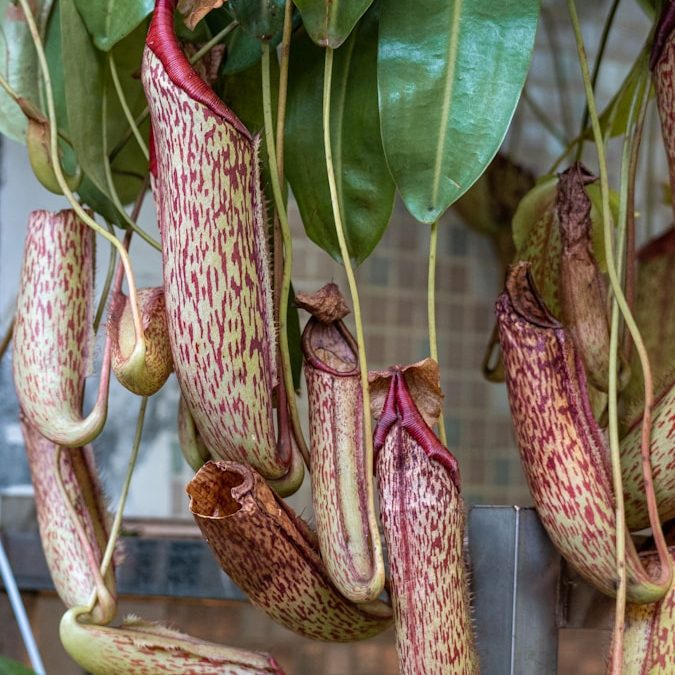Contents
- 1 Unusual Edible Plants You Can Grow Indoors
Unusual Edible Plants You Can Grow Indoors
Looking to expand your indoor gardening beyond the usual herbs and leafy greens? Try growing unusual edible plants indoors! These unique plants not only add an exotic touch to your home but also provide exciting flavors and fresh ingredients right from your windowsill.
Why Grow Unusual Edible Plants Indoors?
Exciting flavors: Experiment with tastes not commonly found at the supermarket.
Conversation starters: Impress guests with rare, homegrown treats.
Year-round harvest: Enjoy fresh ingredients regardless of the season.
Decorative value: Many unusual edibles have striking foliage and colorful growth.
Unique Edible Plants to Grow Indoors
Ginger
Ginger root can be grown indoors in wide, shallow pots. Just plant a piece of organic ginger with visible “eyes” (buds). Keep it in warm, indirect light, and harvest fresh pieces as needed.
Turmeric
Similar to ginger, turmeric is grown from rhizomes. The plant has beautiful broad leaves and produces edible roots with a warm, earthy flavor.
Lemongrass
Lemongrass is easy to grow from store-bought stalks. It thrives in bright light and adds a citrusy kick to soups, teas, and curries.
Dwarf Pineapple
Yes, you can grow small ornamental pineapples indoors! While not always sweet like commercial pineapples, they make a striking and fun addition to your indoor garden.
Kaffir Lime
Kaffir lime leaves are popular in Southeast Asian cooking. These trees stay compact indoors and their aromatic leaves can be harvested fresh for cooking.
Wasabi
A challenge, but possible! Wasabi prefers cooler, humid conditions and indirect light. If you succeed, you’ll have the freshest, spiciest paste around.
Care Tips for Unusual Edible Plants
Light: Most need bright, indirect light. Some (like turmeric and ginger) tolerate partial shade.
Watering: Keep soil consistently moist but avoid soggy conditions.
Humidity: Higher humidity helps many exotic plants thrive; misting or using a humidity tray can help.
Soil: Use rich, well-draining potting mix to support healthy root growth.
Fertilizing: Feed every few weeks during the active growing season with a balanced organic fertilizer.
Common Challenges
Slow growth: Many unusual edibles take time to establish before producing harvestable parts.
Pests: Watch for spider mites and aphids. Regularly inspect and use insecticidal soap if needed.
Temperature sensitivity: Keep away from drafts and sudden temperature changes.
Fun Ways to Use Your Unusual Harvest
Add fresh ginger and turmeric to smoothies or stir-fries.
Use kaffir lime leaves to flavor curries and soups.
Brew lemongrass for a refreshing herbal tea.
Decorate desserts or cocktails with dwarf pineapple pieces.
Frequently Asked Questions
Do unusual edible plants require more care than common herbs? Some do, but most can thrive with consistent light, warmth, and humidity.
How long before I can harvest? Many require several months to a year before a first harvest, depending on the plant.
Can I grow these without grow lights? Bright natural light works for many, but grow lights help ensure steady growth, especially in winter.
Recommended Products
Outbound Resource
Learn more in this Wikipedia list of edible plants
Final Thoughts
Growing unusual edible plants indoors is a fun way to elevate your gardening game and explore new flavors. From zesty lemongrass to spicy wasabi, these unique plants can transform your cooking and impress your guests.
Start your indoor adventure today and surprise yourself with fresh, exotic harvests right from your windowsill!

